Home>Garden Essentials>How Do You Plant Bamboo Seeds
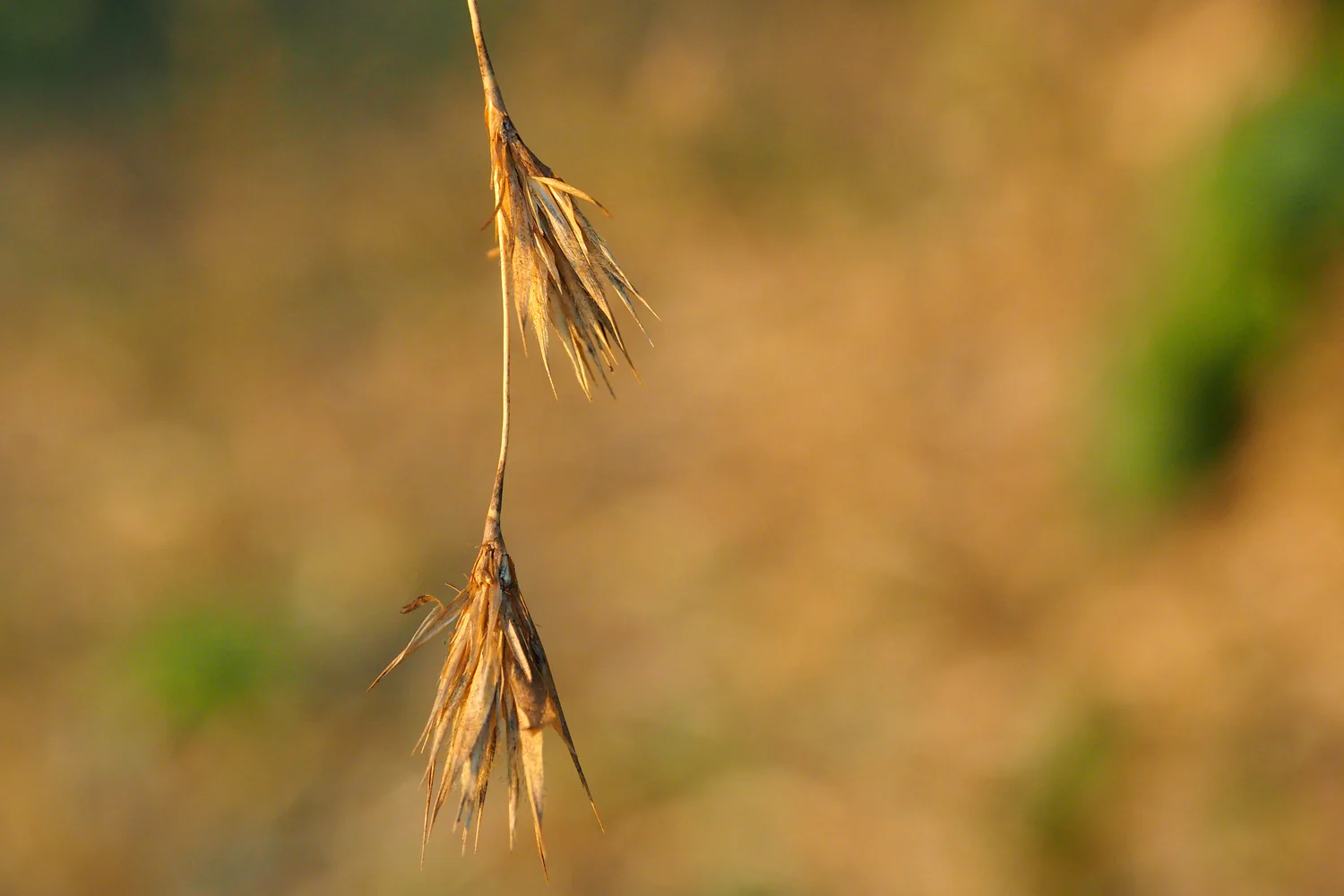

Garden Essentials
How Do You Plant Bamboo Seeds
Modified: March 15, 2024
Learn how to plant bamboo seeds in your garden with our step-by-step guide. Create a lush and vibrant bamboo garden with these simple tips.
(Many of the links in this article redirect to a specific reviewed product. Your purchase of these products through affiliate links helps to generate commission for Storables.com, at no extra cost. Learn more)
Introduction
Welcome to the world of gardening! If you’re looking to add some beauty and greenery to your outdoor space, planting bamboo seeds can be a great choice. Bamboo is known for its fast growth, strength, and versatility, making it a popular plant for both aesthetic and practical purposes.
In this article, we will guide you through the process of planting bamboo seeds, from gathering the necessary supplies to caring for your growing plants. Whether you’re a seasoned gardener or a beginner with a green thumb, we’ve got you covered with detailed steps and tips to ensure successful growth.
Before we dive in, it’s important to note that there are several different species of bamboo, each with its own specific requirements. Therefore, it’s essential to do your research and choose the right bamboo species that will thrive in your particular climate and growing conditions.
Now, let’s get started on this exciting gardening adventure and learn how to plant bamboo seeds!
Key Takeaways:
- Planting bamboo seeds requires gathering supplies, preparing well-draining soil, soaking the seeds, and providing regular watering and care. Choose the right species for your climate to ensure successful growth.
- Transplanting bamboo seedlings into a suitable location after 1-2 years allows them to develop strong root systems. Continue to provide proper care to watch your bamboo garden flourish and contribute to a healthier environment.
Read more: How Do You Plant Seeds
Step 1: Gather Supplies
Before you begin planting bamboo seeds, it’s essential to gather all the necessary supplies. Here’s what you’ll need:
- Soil: Choose a well-draining soil mixture that is rich in organic matter. Bamboo prefers slightly acidic soil with a pH level between 5.5 and 6.5. You can find suitable soil mixes at your local garden center or create your own by combining garden soil, compost, and peat moss.
- Bamboo seeds: Purchase high-quality bamboo seeds from a reputable supplier. It’s crucial to select seeds of a bamboo species that is suitable for your climate and growing conditions. Keep in mind that bamboo seeds can be challenging to find, so it may require some online research or a visit to a specialized nursery.
- Containers: Use containers that have drainage holes at the bottom to prevent waterlogging. Seed trays, pots, or recycled containers can all work well as long as they provide enough space for the seedlings to grow. Make sure the containers are clean and disinfected to minimize the risk of plant diseases.
- Water: You will need water for several stages of the planting process, including soaking the seeds and watering the seedlings. Ensure a reliable water source is available nearby or use a watering can or hose to provide moisture as needed.
Once you have gathered these supplies, you’re ready to move on to the next step: preparing the soil.
Step 2: Prepare the Soil
Preparing the soil is a crucial step in ensuring the successful growth of your bamboo seeds. Here are the key steps in preparing the soil:
1. Choose the right type of soil: Bamboo prefers well-draining soil that is rich in organic matter. Avoid heavy clay or sandy soil, as these can lead to poor drainage and hinder the growth of the plants. Opt for loamy soil that is fertile and retains moisture without becoming waterlogged.
2. Ensure proper drainage: Good drainage is essential for bamboo plants to thrive. If your soil tends to retain water, you may need to amend it to improve drainage. You can achieve this by adding coarse sand or perlite to the soil mixture. Alternatively, consider planting bamboo in raised beds or mounds to enhance drainage.
3. Add organic matter: Bamboo plants benefit from soil that is rich in organic matter, such as compost or well-rotted manure. This helps to improve soil fertility, moisture retention, and overall soil structure. Before planting, incorporate a generous amount of organic matter into the soil to provide the nutrients that the young plants need.
By taking these steps to prepare the soil, you are creating an optimal growing environment for your bamboo seeds. Once the soil is ready, it’s time to move on to the next step: soaking the seeds.
Step 3: Soak the Seeds
Before planting your bamboo seeds, it’s important to soak them to stimulate germination. Here’s how to do it:
1. Fill a container with water: Take a clean container or a glass and fill it with room temperature water. Make sure it’s deep enough to submerge the bamboo seeds completely.
2. Place the bamboo seeds in the water: Gently place the bamboo seeds into the water. Ensure that all the seeds are fully submerged in the water. It’s important to note that different bamboo species may have different soaking requirements, so refer to the seed packaging or consult a gardening guide for specific instructions.
3. Let them soak for 24 to 48 hours: Allow the bamboo seeds to soak in the water for a period of 24 to 48 hours. Soaking helps to soften the seed coat and encourages faster germination. It also allows the seeds to absorb water, which is necessary for successful growth.
During the soaking process, it’s essential to keep the container in a warm and well-lit area away from direct sunlight. This will help maintain optimal conditions for seed germination. After the recommended soaking period, you can move on to the next step: planting the seeds.
Bamboo seeds are difficult to germinate. It’s easier to grow bamboo from cuttings or divisions of existing plants. If you do want to try planting seeds, soak them in warm water for 24 hours before planting in well-draining soil. Keep the soil consistently moist and warm for best results.
Step 4: Planting the Seeds
Now that you have soaked your bamboo seeds and they are ready for planting, it’s time to get them into the soil. Follow these steps to ensure proper planting:
1. Fill containers with soil: Take your chosen containers with proper drainage holes and fill them with the prepared soil mixture. Leave about an inch of space at the top to allow for watering later on.
2. Create a small hole in the soil: Using your finger or a small tool, create a small hole in the center of the soil. The depth of the hole should be about twice the diameter of the bamboo seed. This will provide enough space for the seed to germinate and send out roots.
3. Place the seed in the hole: Carefully place the soaked bamboo seed into the hole, ensuring that it is positioned upright. Be gentle to avoid damaging the seed or its delicate root system.
4. Cover the seed with soil: Gently cover the planted seed with soil, making sure it is completely covered and the hole is filled. Press the soil lightly to ensure good contact with the seed, but avoid compacting it too tightly.
Repeat these steps for each bamboo seed you are planting, keeping a suitable distance between them to allow room for growth. After planting, it’s time to move on to the next step: watering and care.
Read more: How Do You Plant Pepper Seeds
Step 5: Watering and Care
Proper watering and care are vital for the healthy growth of your bamboo seeds. Follow these guidelines to ensure your seeds receive the necessary moisture and attention:
1. Water the seeds regularly but do not overwater: After planting the seeds, water them gently to moisten the soil. As the seeds germinate and the seedlings begin to grow, continue to water them regularly. It’s important to maintain consistent moisture in the soil, but be careful not to overwater, as this can lead to root rot. Check the moisture level frequently and adjust your watering schedule accordingly.
2. Keep the soil moist: Bamboo seeds require consistently moist soil to encourage germination and growth. However, it’s crucial to strike a balance and avoid waterlogging. Aim to keep the soil evenly moist, but not waterlogged. Monitor the soil moisture regularly and adjust your watering routine as needed.
3. Place the containers in a warm and sunny location: Bamboo seeds thrive in warm and well-lit environments. Choose a location for the containers that receives ample sunlight, preferably at least 6 hours of direct sunlight per day. The warmth and light will promote healthy growth and help the seeds germinate more effectively.
As your bamboo seeds start to sprout and grow into seedlings, continue to provide them with care and attention. Keep an eye out for any signs of pests, diseases, or nutrient deficiencies, and take appropriate measures to address these issues. By providing the right watering and care, you’ll give your bamboo seeds the best chance of thriving.
With the seeds planted and cared for, it’s time to move on to the next step: transplanting the seedlings as they grow larger.
Step 6: Transplanting
As your bamboo seedlings grow larger and stronger, they will eventually outgrow their containers and need to be transplanted into their permanent location. Follow these steps for successful transplanting:
1. Transplant the seedlings when they have grown larger: Wait until your bamboo seedlings have developed a strong root system and multiple leaves before transplanting them. This usually takes around 1 to 2 years, depending on the bamboo species and growing conditions.
2. Choose a suitable location for planting: Select a suitable location in your garden that meets the specific requirements of your bamboo species. Consider factors such as sun exposure, soil type, and available space. Ensure the chosen area has adequate room for the bamboo to spread and grow without encroaching on other plants or structures.
3. Prepare the soil in the new location: Prior to transplanting, prepare the soil in the new location. Remove any weeds, rocks, or debris and amend the soil if necessary to ensure it is well-draining and fertile. Incorporate organic matter such as compost to improve soil quality.
4. Carefully remove the seedlings from the containers: Gently remove the bamboo seedlings from their containers, taking care not to damage the roots. You can lightly tap the sides of the container or squeeze it to loosen the roots before carefully sliding the seedling out.
5. Plant the seedlings in the new location: Dig a hole in the prepared soil that is slightly larger than the root ball of the seedling. Place the seedling in the hole, ensuring that the top of the root ball is level with or slightly above the soil surface. Backfill the hole with soil, gently firming it around the roots to eliminate air pockets.
Remember to water the newly transplanted seedlings thoroughly after planting to help settle the soil and promote root establishment. Continue to provide diligent care, including regular watering, weeding, and monitoring for pests or diseases as the bamboo establishes in its new location.
Congratulations! You have now successfully transplanted your bamboo seedlings, and with proper care, they will continue to grow and thrive in their new home.
With the transplanting complete, you have completed all the necessary steps to plant and care for bamboo seeds. Enjoy watching your bamboo plants grow over time, adding beauty and a touch of nature to your garden or outdoor space.
Remember to research specific care instructions for your bamboo species, as different varieties may have unique needs. Happy gardening!
Conclusion
Planting bamboo seeds is a rewarding and fulfilling journey that allows you to bring the beauty and elegance of bamboo into your garden. By following the steps outlined in this guide, you can successfully plant and care for your beloved bamboo plants from seed to maturity.
From gathering the necessary supplies to preparing the soil, soaking the seeds, planting, watering, and transplanting, each step plays a vital role in ensuring the healthy growth and development of your bamboo seeds. By taking the time to provide optimal growing conditions, such as the right soil type, proper drainage, and adequate sunlight, you are setting the foundation for success.
Throughout the planting process, it is important to pay attention to the specific requirements of your chosen bamboo species. Different bamboo varieties may have varying preferences in terms of soil pH, water needs, and sun exposure. Therefore, conducting research or seeking guidance from experts will help you create the ideal environment for your bamboo seeds to thrive.
Transplanting the seedlings when they have grown larger allows them to develop deep and strong root systems, supporting their growth and stability in the long term. Choosing a suitable location for planting and carefully preparing the soil in the new area are crucial steps to ensure the successful establishment of your bamboo plants.
As your bamboo seeds grow into full-fledged plants, it is essential to continue providing them with proper care and attention. Regular watering, monitoring for pests or diseases, and providing adequate sunlight will help your bamboo thrive and flourish in its new home.
By embarking on this journey of planting and caring for bamboo seeds, you are not only adding beauty and greenery to your surroundings, but also contributing to the overall health and sustainability of our environment. Bamboo is known for its numerous benefits, including its ability to absorb carbon dioxide and release oxygen, making it an eco-friendly choice for your garden.
So, embrace the magic of bamboo and enjoy the process of watching your seeds grow into majestic plants. Before long, you will have a stunning bamboo garden that will bring joy and tranquility to your outdoor space.
Happy gardening!
Frequently Asked Questions about How Do You Plant Bamboo Seeds
Was this page helpful?
At Storables.com, we guarantee accurate and reliable information. Our content, validated by Expert Board Contributors, is crafted following stringent Editorial Policies. We're committed to providing you with well-researched, expert-backed insights for all your informational needs.
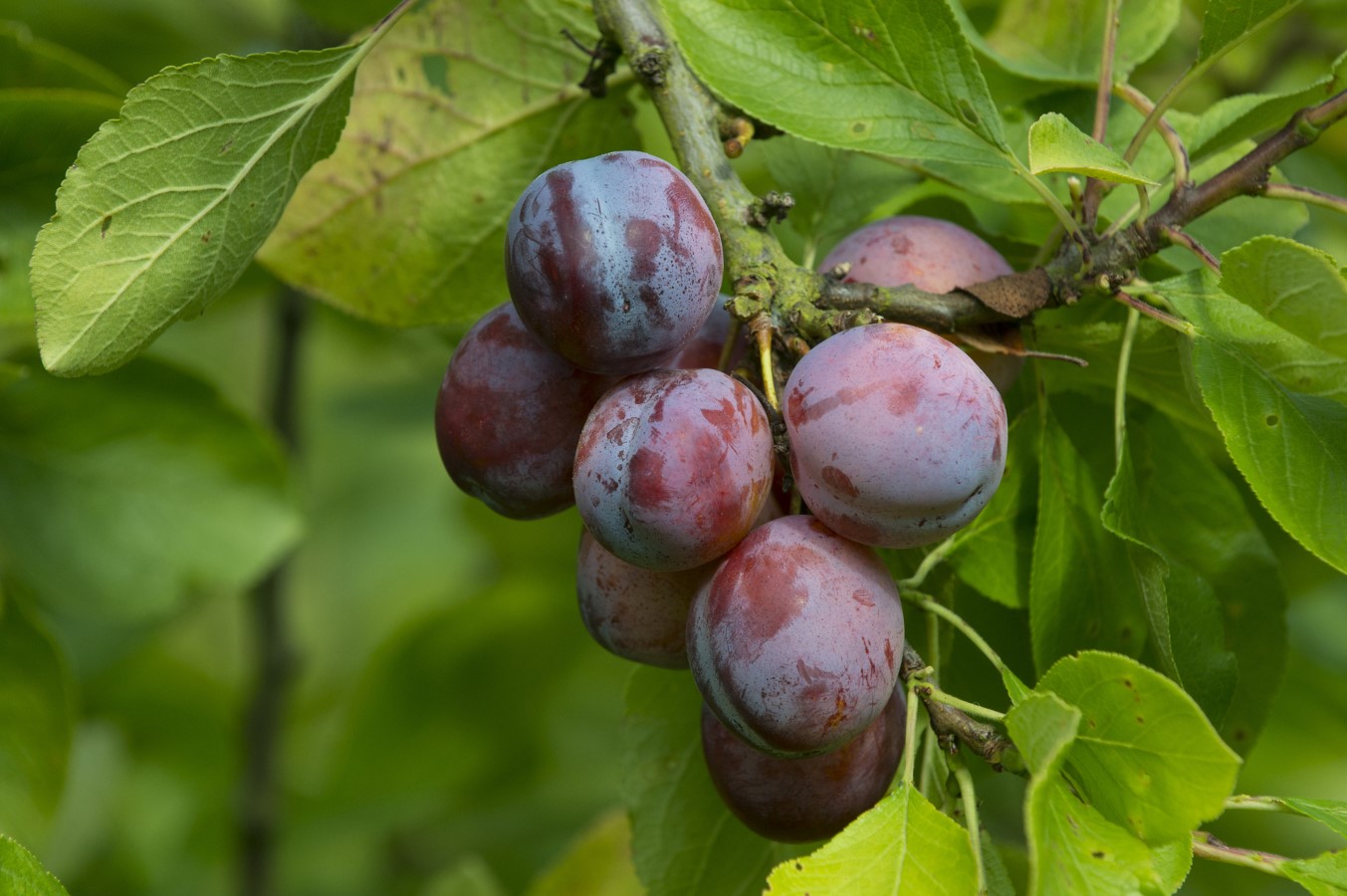
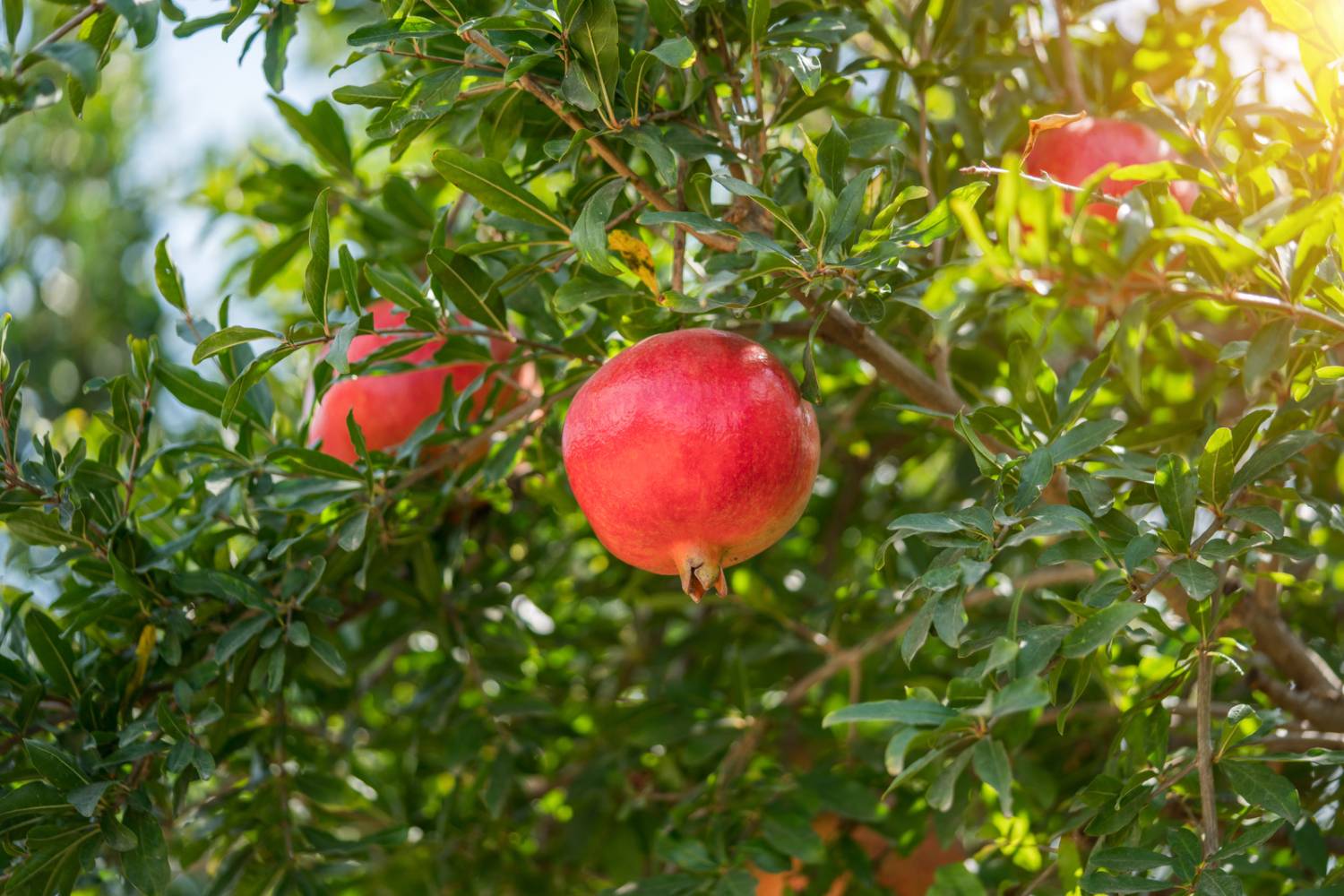
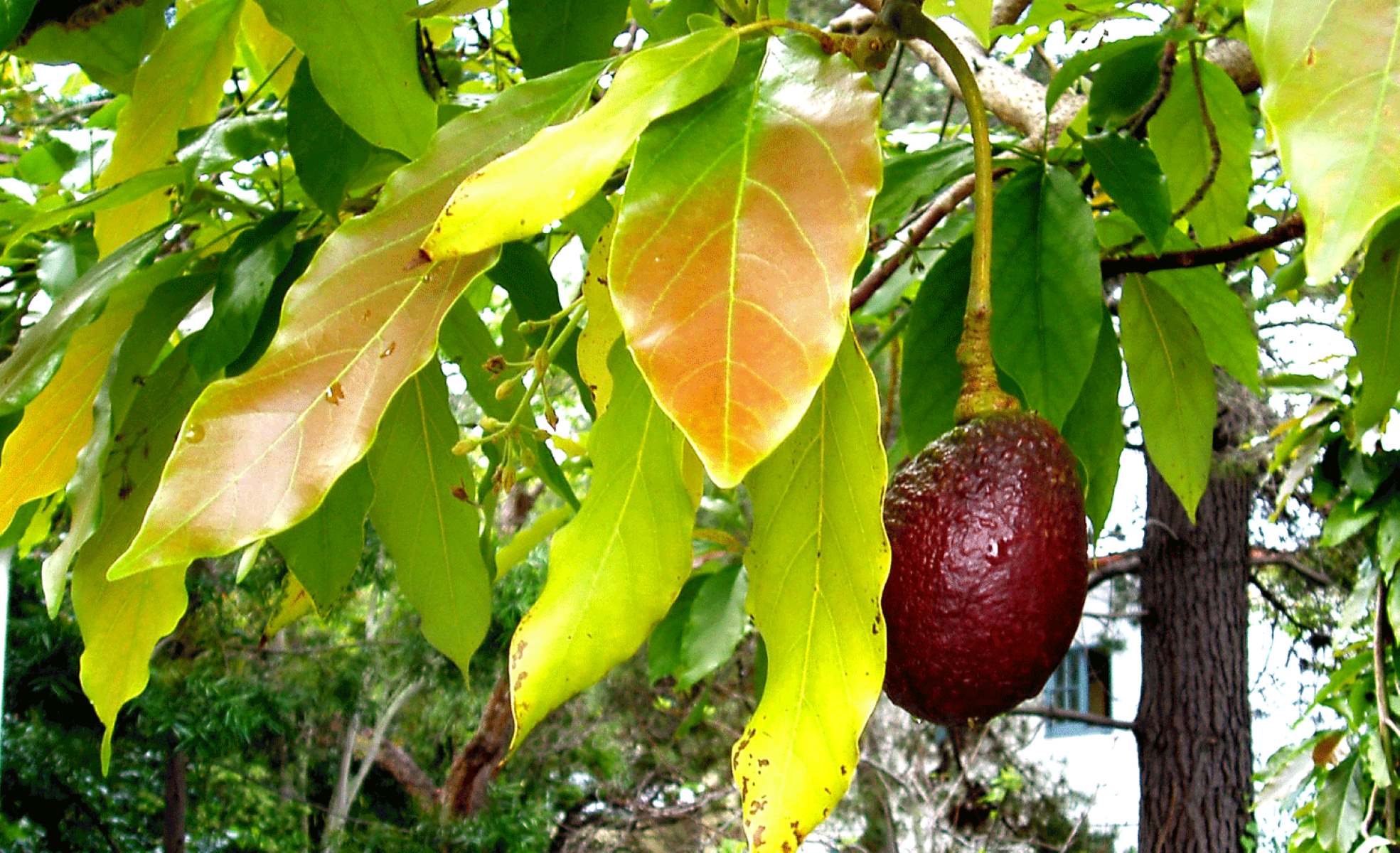
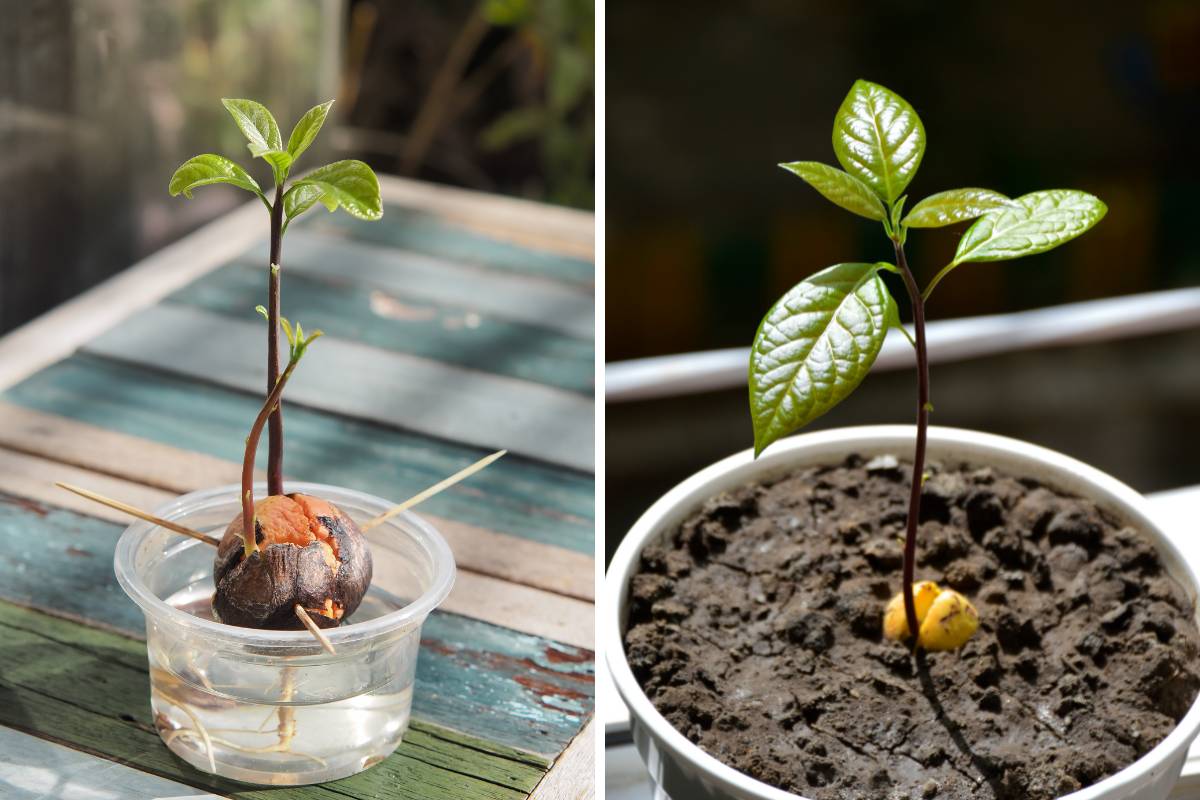
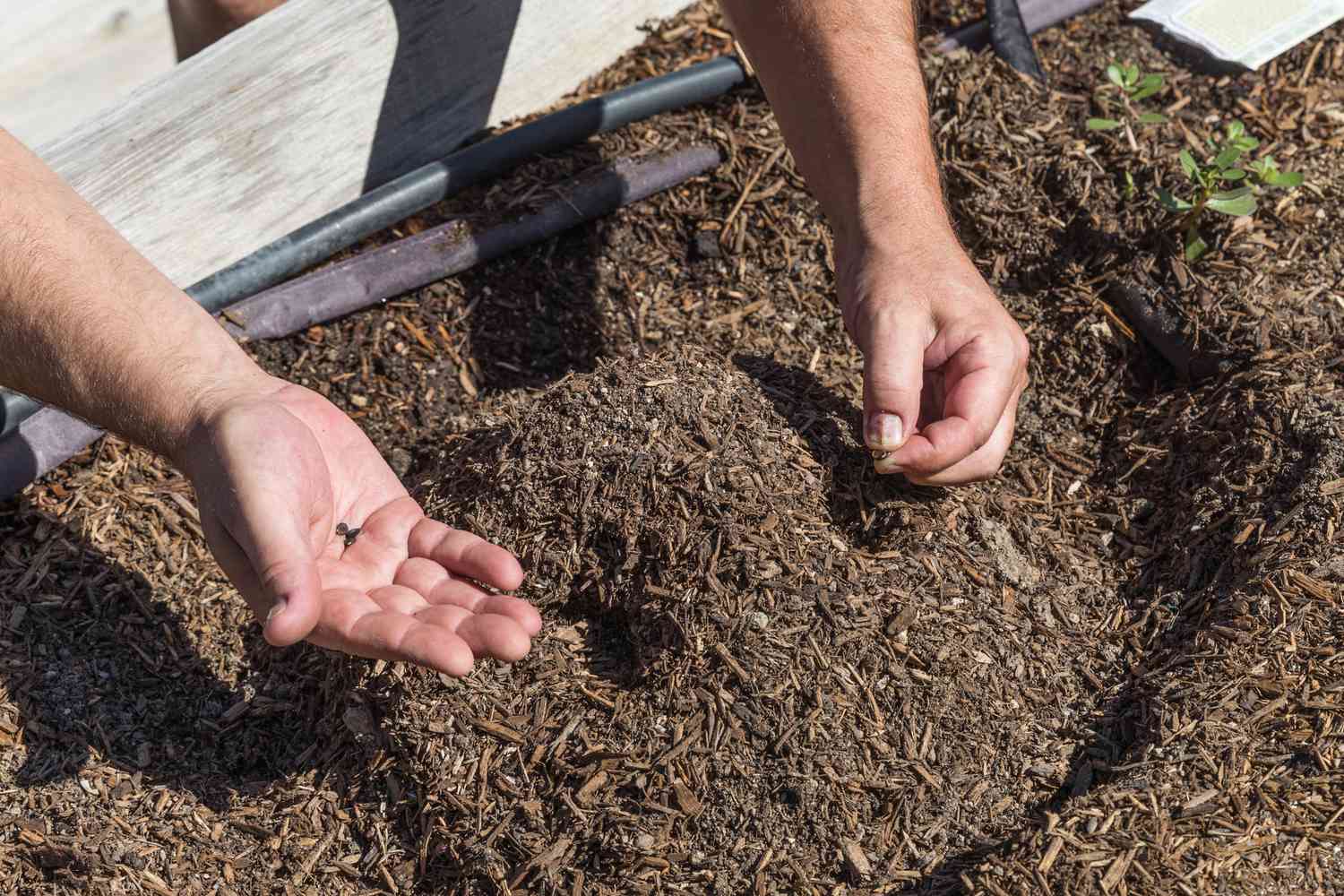
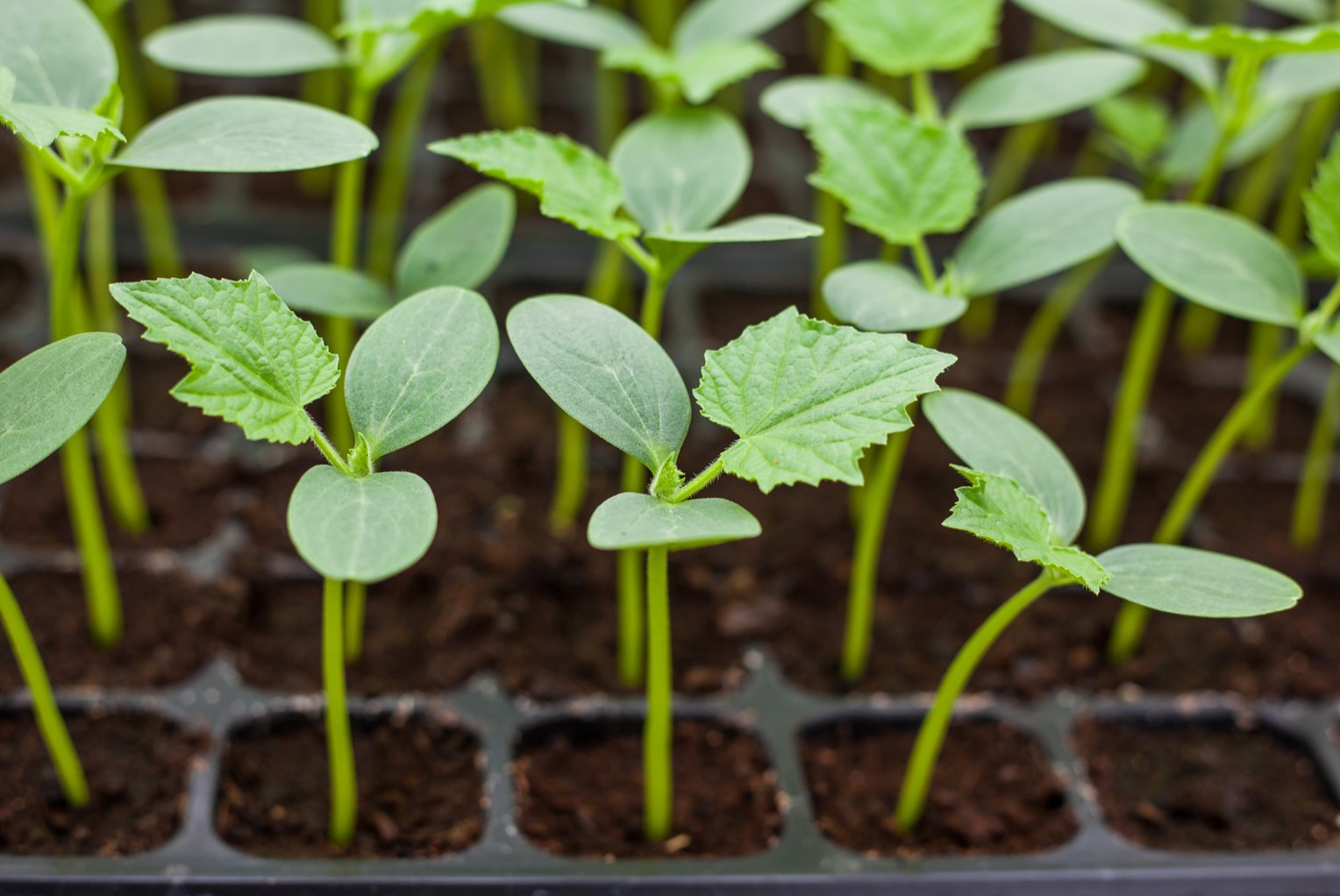
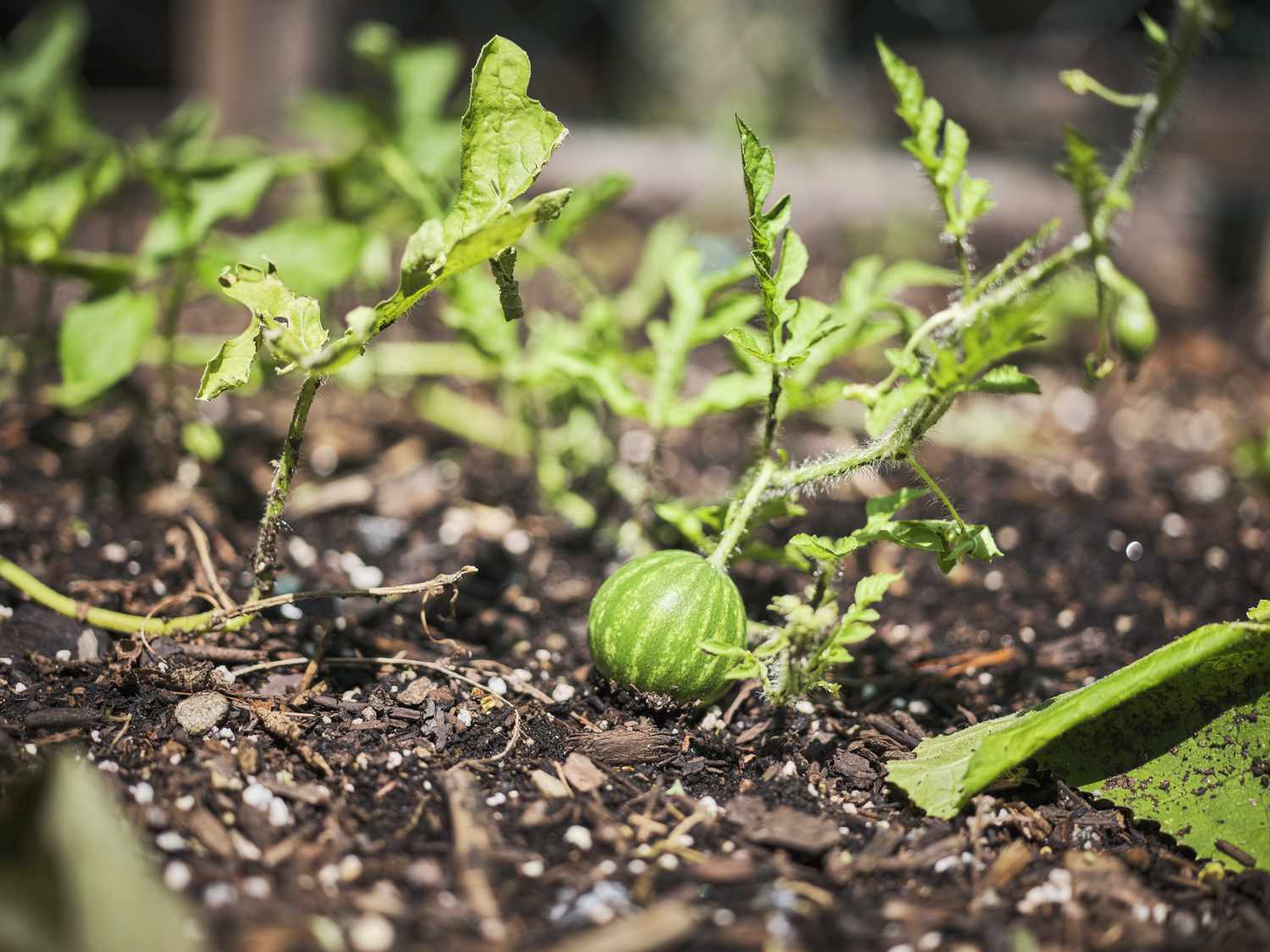
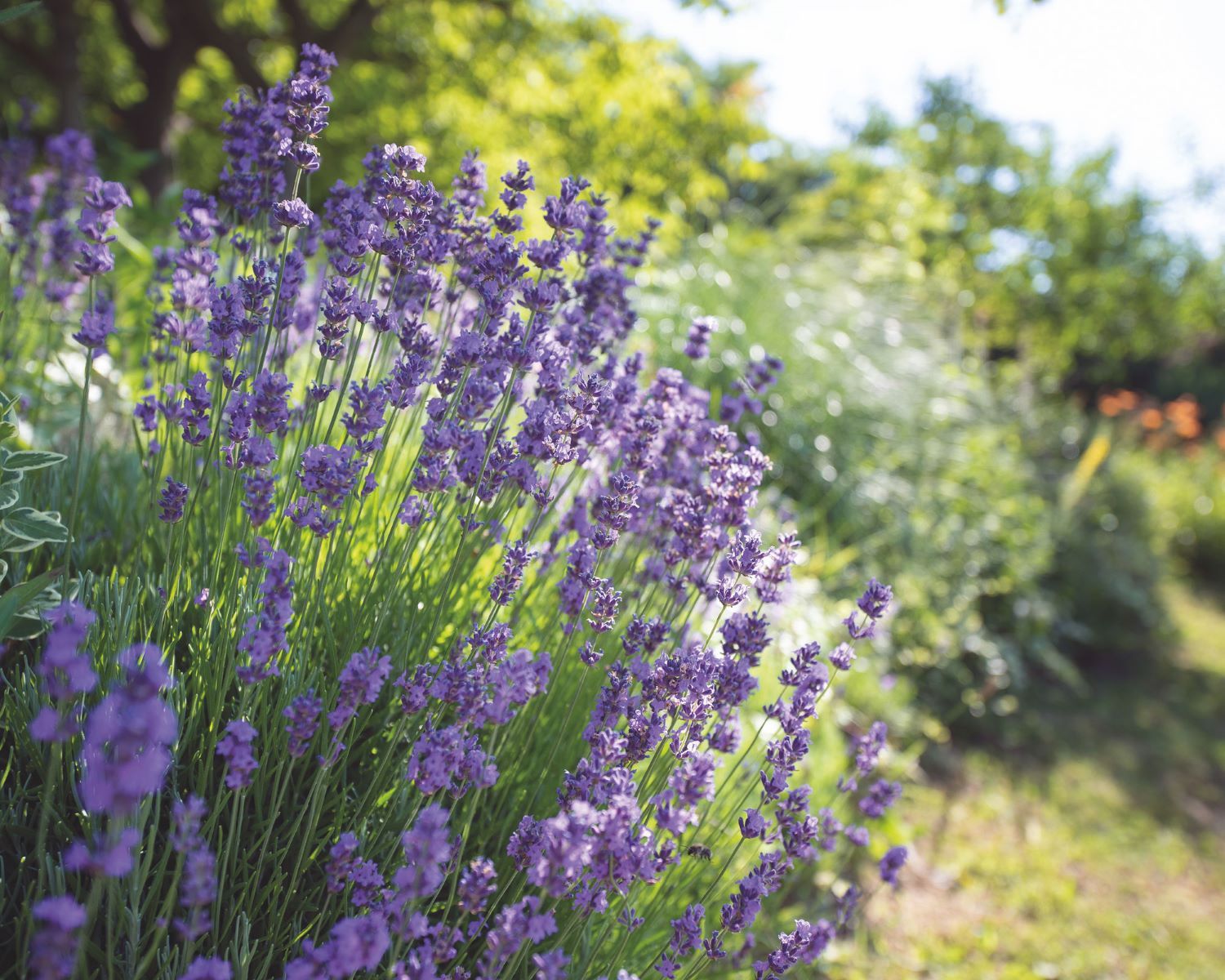
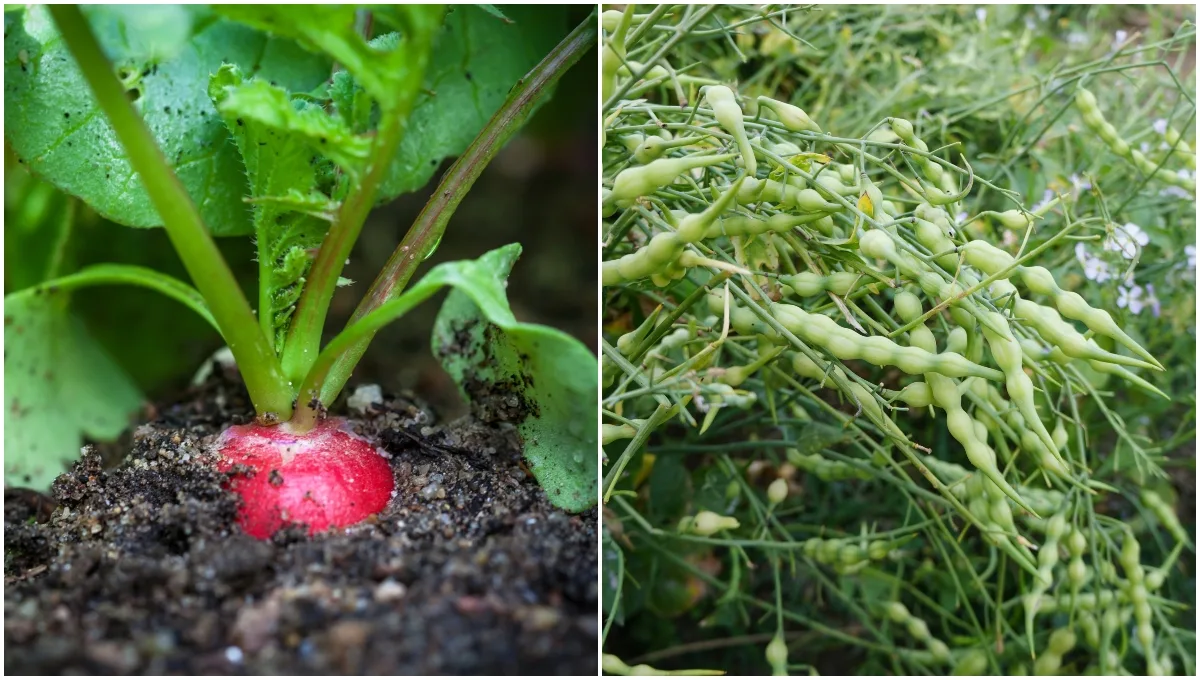
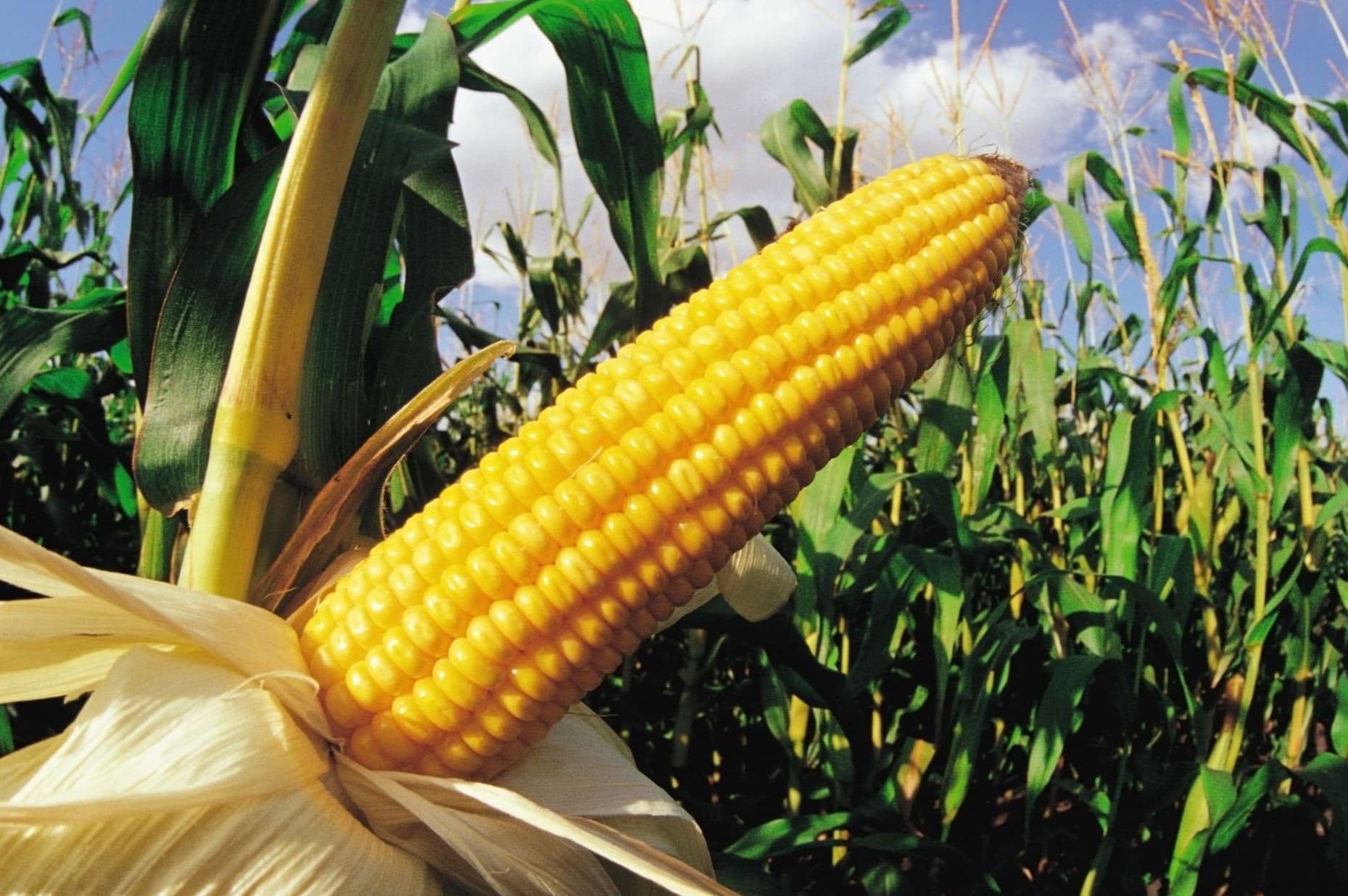
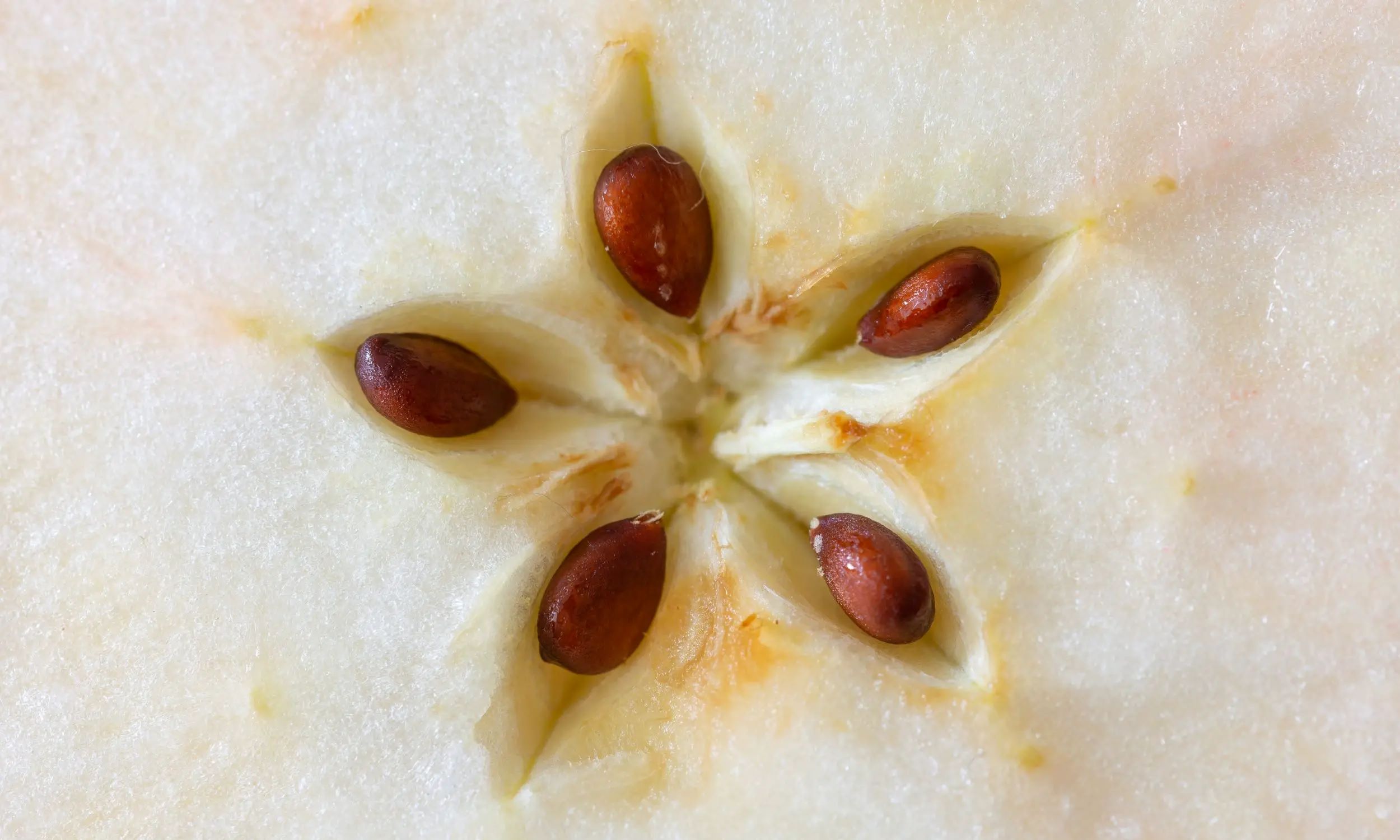
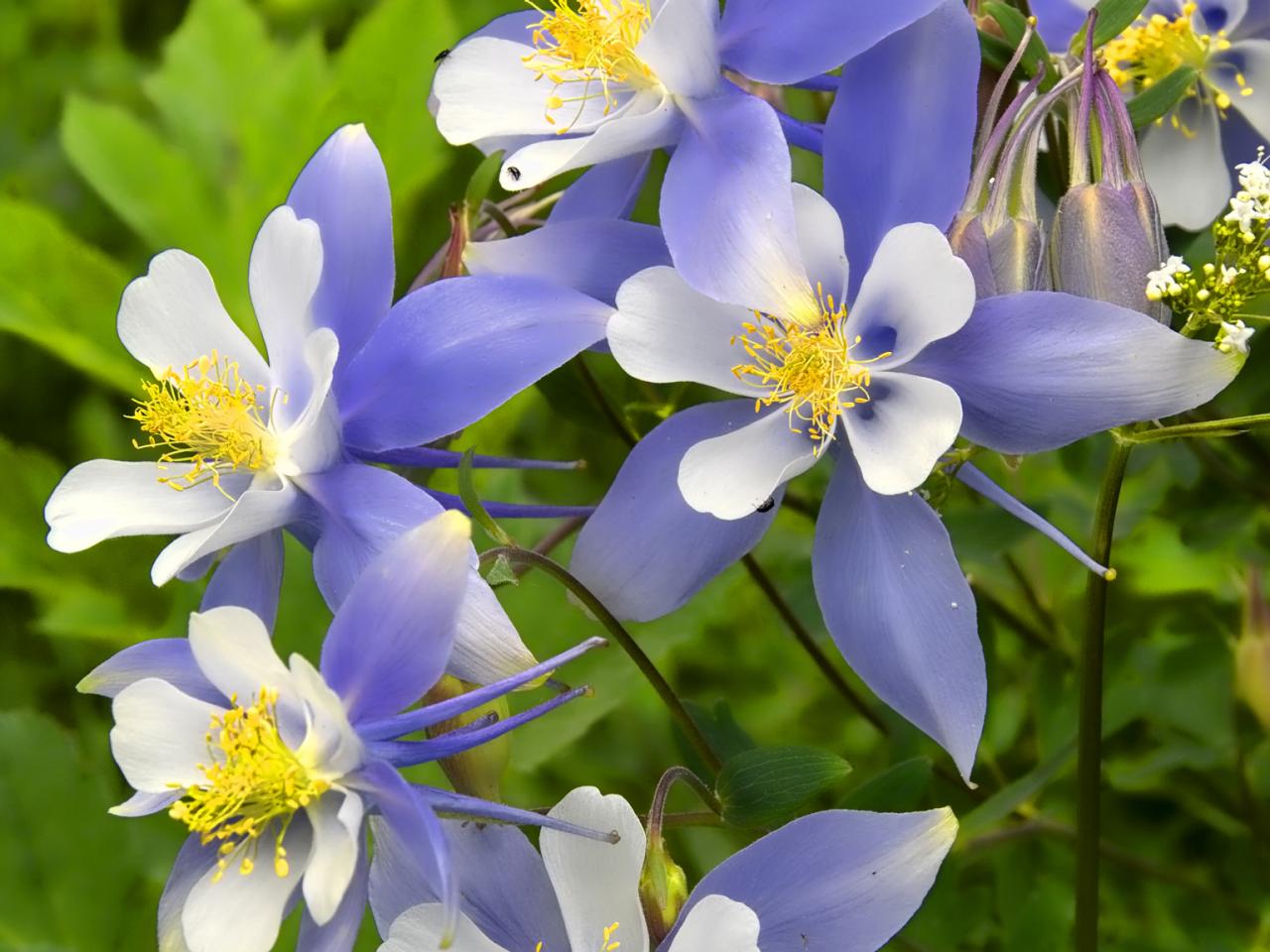
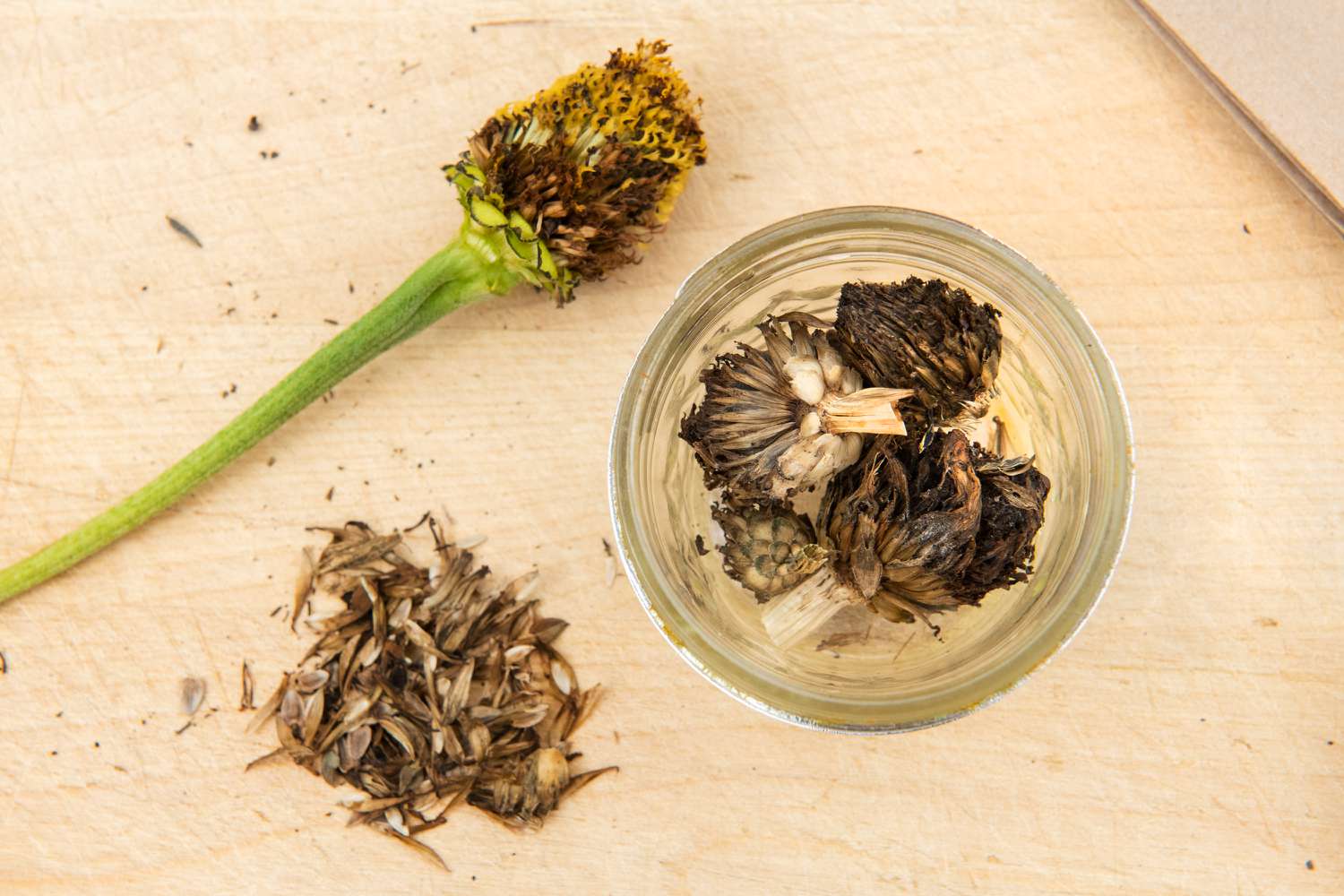
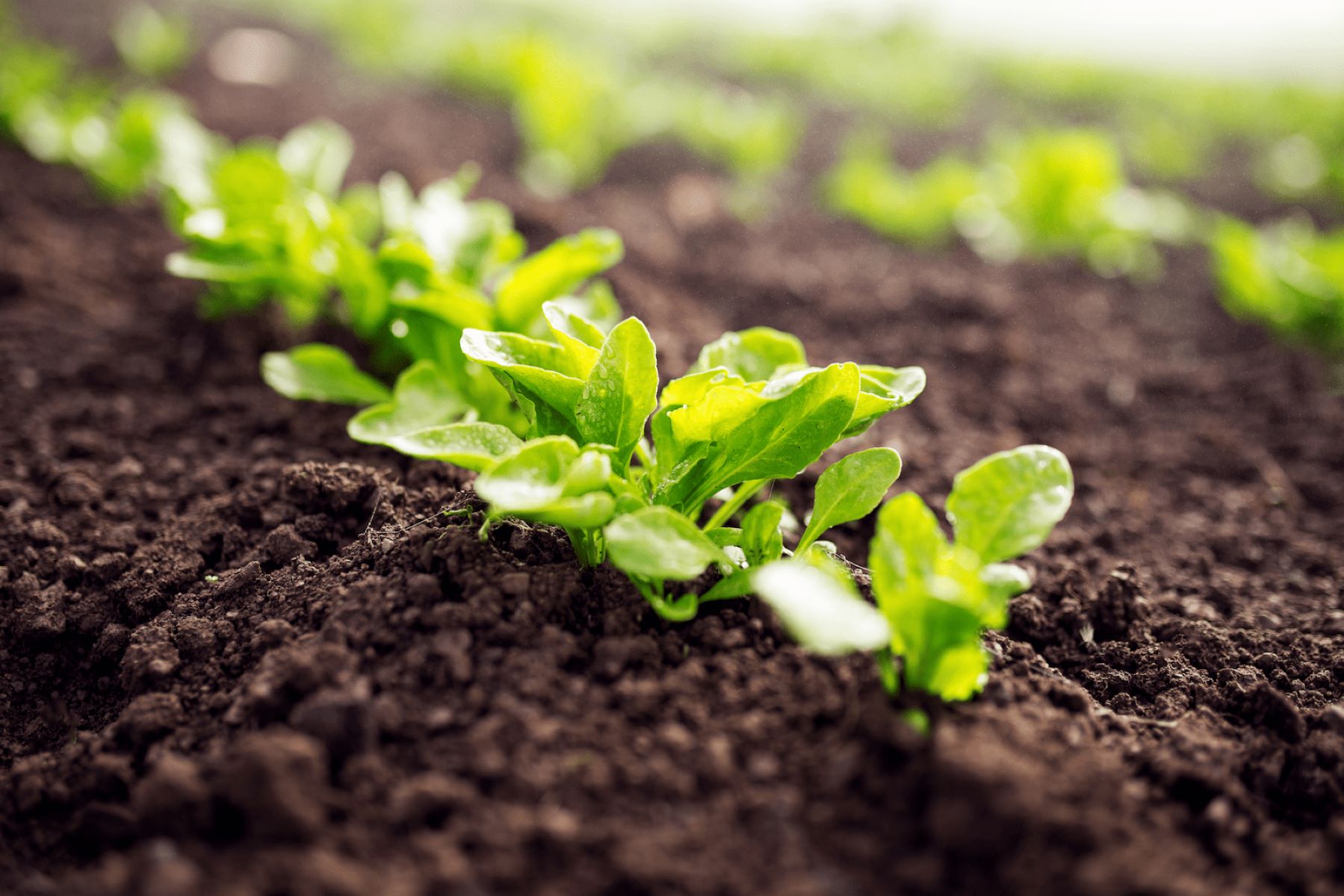

0 thoughts on “How Do You Plant Bamboo Seeds”